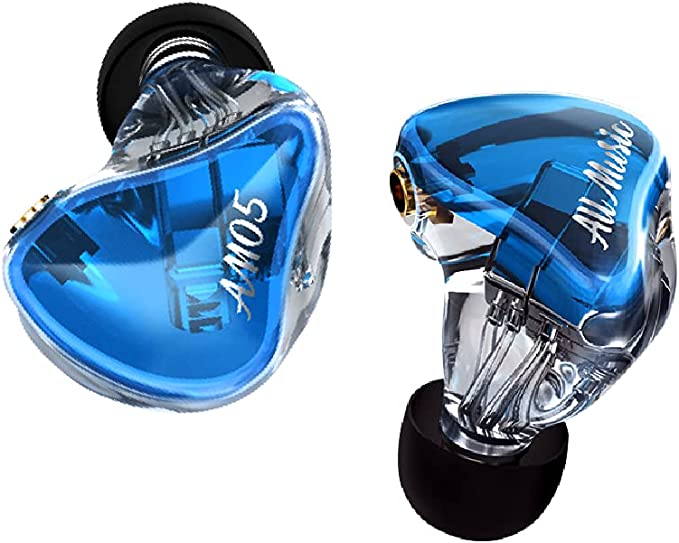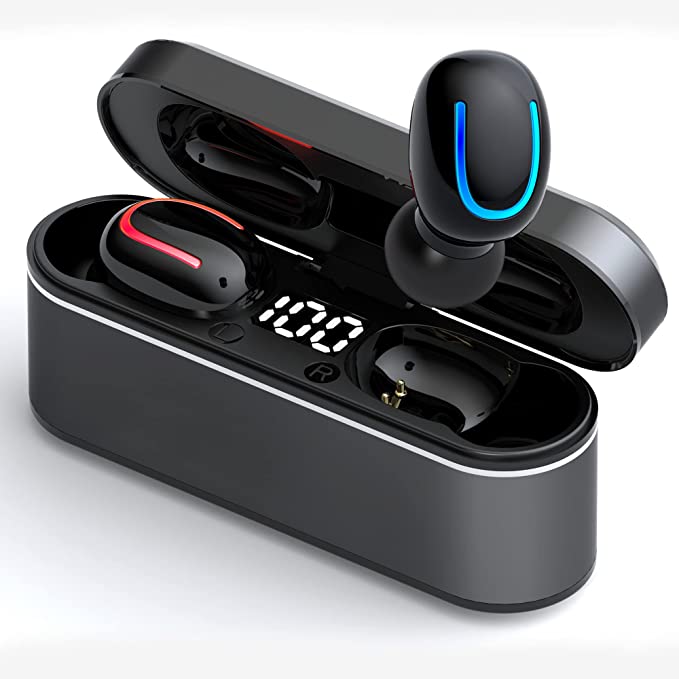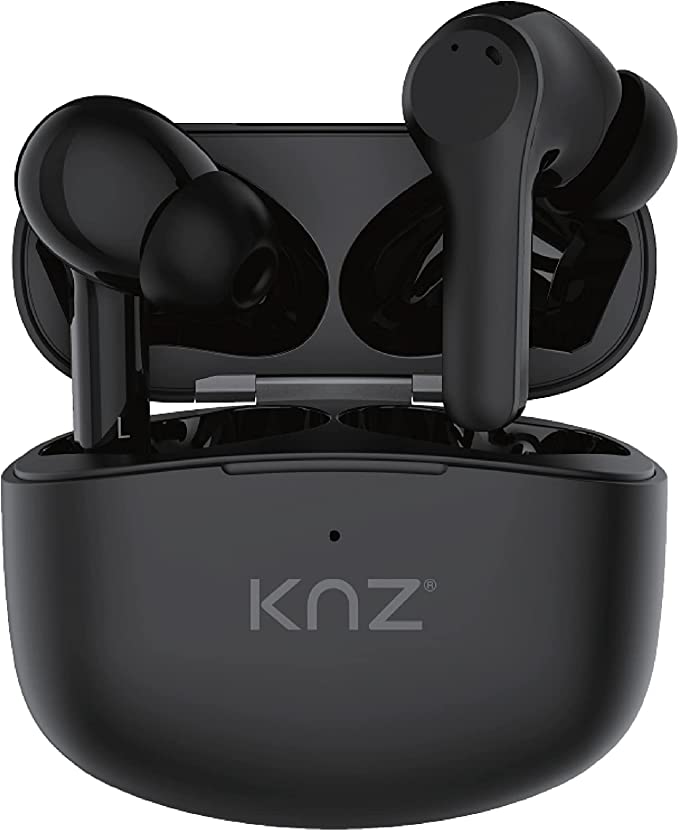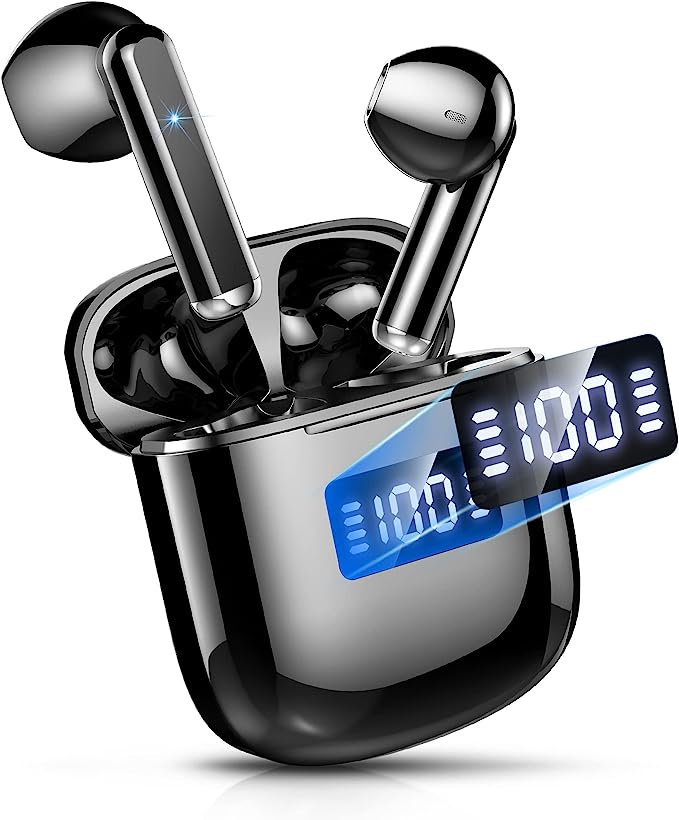A Performer's Guide to Vocal Effects: Building Your First Live Sound Chain
Update on Oct. 30, 2025, 8:08 a.m.
Ever plugged a microphone directly into a PA speaker and felt… underwhelmed?
Your voice sounds dry, thin, and somehow “disconnected” from the music. It’s a universal problem for performers, and the solution isn’t just “turning up.” The solution is shaping.
Welcome to the world of vocal effects processing. This isn’t about gimmicks; it’s about taking the raw, “dry” signal from your microphone and giving it the context, control, and polish it needs to sound professional.
But where do you even start? The sheer number of effects—Reverb, Delay, Compression, Harmony—can be overwhelming. It’s tempting to just pick a preset and hope for the best.
Let’s do better.
Think of this as your first lesson in building a live vocal chain. A “chain” is simply the logical order in which audio effects are applied. Getting this order right is the single biggest step you can take toward a professional sound. We’ll use a compact processor like the Boss VE-5 Vocal Performer as our “all-in-one” toolkit to understand these concepts, but the principles apply everywhere, from individual stompboxes to studio software.
We’ll build our chain in the same order a sound engineer would: Foundation first, then Space, then Magic.
Part 1: The Foundation (Utility Effects)
Before we make the voice sound “pretty,” we must make it sound “solid.” This is the non-negotiable first step. These are your Utility Effects.
Dynamics: The Automatic Volume Control
This is the most important, and most misunderstood, tool in live sound. The “Dynamics” block (as seen on the VE-5) is really two tools in one:
- Compression: Imagine a vigilant audio engineer with their finger on your volume fader. Every time you sing a word too loud, they instantly turn you down. When you sing too quietly, they turn you up. That’s a compressor. It “compresses” your dynamic range—the gap between your-loudest and quietest parts—making your entire vocal performance more even, powerful, and present. It’s what makes a vocal “sit” in a mix.
- Noise Gate (or
NoiseThres): This is your automatic “mute” button. A Noise Gate (or “Noise Threshold”) is smart; it knows that when you’re not singing, that “hssssss” sound from the mic or the stage bleed from the drums is just unwanted noise. You set a threshold, and any sound below that level (like the hiss) is automatically muted. The moment you sing, your voice is louder than the threshold, and the gate “opens” instantly. This is a lifesaver for cleaning up a live performance.

Pitch Correct: The Digital Safety Net
Let’s be clear: this tool won’t make a bad singer good. But it will make a good singer sound more consistent.
The Pitch Correct function, found in units like the VE-5, is constantly analyzing the pitch of your voice. You can use it in two ways:
- Subtle Correction: You set it to a low intensity. It gently “nudges” any note that’s just a few cents sharp or flat toward the correct note in the scale. It’s invisible to the audience, but it provides a “safety net” that tightens up your intonation, especially at the end of a long gig.
- The “Hard-Tune” Effect: This is the sound you know from artists like T-Pain or Cher. By setting the correction speed to “instant,” you eliminate all the natural human transitions (portamento) between notes. The pitch jumps from one note to the next, creating that iconic, robotic, and highly stylized effect.
Rule of Thumb: Start with Dynamics and Pitch Correction. Get your vocal sounding strong, even, and in-tune before you add anything else.
Part 2: The Space (Time-Based Effects)
Now that our vocal is controlled, it’s time to put it in an “environment.” A dry vocal sounds unnatural because, in the real world, sound always interacts with a room. Reverb and Delay create this illusion.
Reverb: Painting an Acoustic Environment
Reverb (reverberation) is the sound of a thousand blended echoes. It’s what tells our brain the size of a space. * Room Reverb: Simulates a small, intimate space. Great for adding warmth and presence without sounding “effected.” * Hall Reverb: Simulates a large concert hall. This gives you that long, epic, “ballad” tail. * Plate Reverb: A classic studio sound that mimics a large metal sheet vibrating. It’s bright, dense, and fantastic for making vocals shimmer.
A little reverb glues your voice to the backing music, making it sound like you’re in the same room as the band.
Delay: The Rhythmic Echo
While reverb is a “wash” of sound, Delay is a distinct, separate repeat of your voice. * Slapback Delay: A very short, single repeat (think 1950s rockabilly). This is a fantastic “thickener” that adds punch and attitude without clogging the mix. * Rhythmic Delay: A longer repeat that’s timed to the tempo (BPM) of your song. The echoes effectively become another instrument, filling in the gaps between your vocal phrases.
Mentor’s Note: A Critical Limitation
On many compact, all-in-one processors like the Boss VE-5, the Reverb and Delay effects are often in the same effects block. This means you often have to choose one or the other. You may not be able to run a big Hall Reverb and a Rhythmic Delay at the same time. This is one of the primary reasons performers eventually upgrade to more advanced units (like the Boss VE-20 or VE-22), which have separate, dedicated engines for Reverb and Delay.
Part 3: The “Magic” (Creative & Layering Effects)
Your vocal is now solid and sits in a space. Now we can get creative.
Double / Harmony: Your Instant Backup Singers
This block uses pitch-shifting technology for two different goals: * Doubling: This is your “thickener.” It creates a copy of your voice, detunes it very slightly (a few cents), and delays it by a few milliseconds. The result? Your brain perceives it as one, incredibly rich and full vocal. It’s the secret weapon for a massive chorus. * Harmony: This is more complex. It intelligently reads your melody and generates new notes at specific musical intervals (like a 3rd above or a 5th below) in the correct key. This allows a solo performer to instantly create two or three-part vocal harmonies.
Tone / SFX: Adding Unique Character
This is your “special effects” toolbox. “Tone” usually involves EQ (equalization) to make your voice brighter or warmer. The “SFX” (special effects) are for dramatic, specific moments. In a unit like the VE-5, this includes: * Distortion: Adds grit and edge for rock or industrial vocals. * Radio: Filters your voice to sound like it’s coming from an old-timey AM radio. * Strobe: A rhythmic, stuttering gate effect.
Part 4: The Performance Engine (The Phrase Looper)
Finally, we have the tool that turns you from a singer into a one-person-band: the Phrase Looper.
A looper does one simple thing: it records a “phrase” of your audio (like a beatbox pattern or a short melody) and then plays it back in a continuous loop. You can then “overdub,” or record new layers on top.
For a vocalist, this is a creative game-changer.
1. Start: Record a beatbox groove. (B-T-K-T-B-T-K-T)
2. Overdub 1: On top of your beat, record a bass line. (do-do-doo-wop)
3. Overdub 2: On top of that, record a harmony pad. (ahhhhh)
4. Perform: Now you have a full, custom backing track that you just created live, and you can sing your main melody over the top.
Putting It All Together: The All-in-One Toolkit
A device like the Boss VE-5 Vocal Performer is designed precisely for this workflow. It’s not just a collection of effects; it’s a complete chain in a box.
Its design is purpose-built for a performer: * Form Factor: It’s compact and can be mounted on your mic stand, putting all the controls right where you need them. * Connectivity: It has the essential inputs and outputs. You plug your mic into the XLR input. The Aux Input lets you plug in your phone to play backing tracks. The XLR output sends your new, polished, professional vocal sound directly to the soundboard or PA system. * Usability: It runs on batteries for street performing (busking) and has “Favorite Sound” buttons for one-touch access to your custom-built chains.

Your Journey Starts Here
Understanding what these effects do is one thing. Understanding why and in what order to use them is everything.
Whether you use a compact processor, a floor pedal, or a rack of studio gear, the logic remains the same:
1. Control: Start with Dynamics and Pitch.
2. Context: Add Space with Reverb and Delay.
3. Creativity: Enhance with Harmony, SFX, and Looping.
This framework is your key to moving beyond “dry” vocals and taking control of your live sound. The tools are more accessible than ever; now you have the knowledge to build your perfect chain.






























